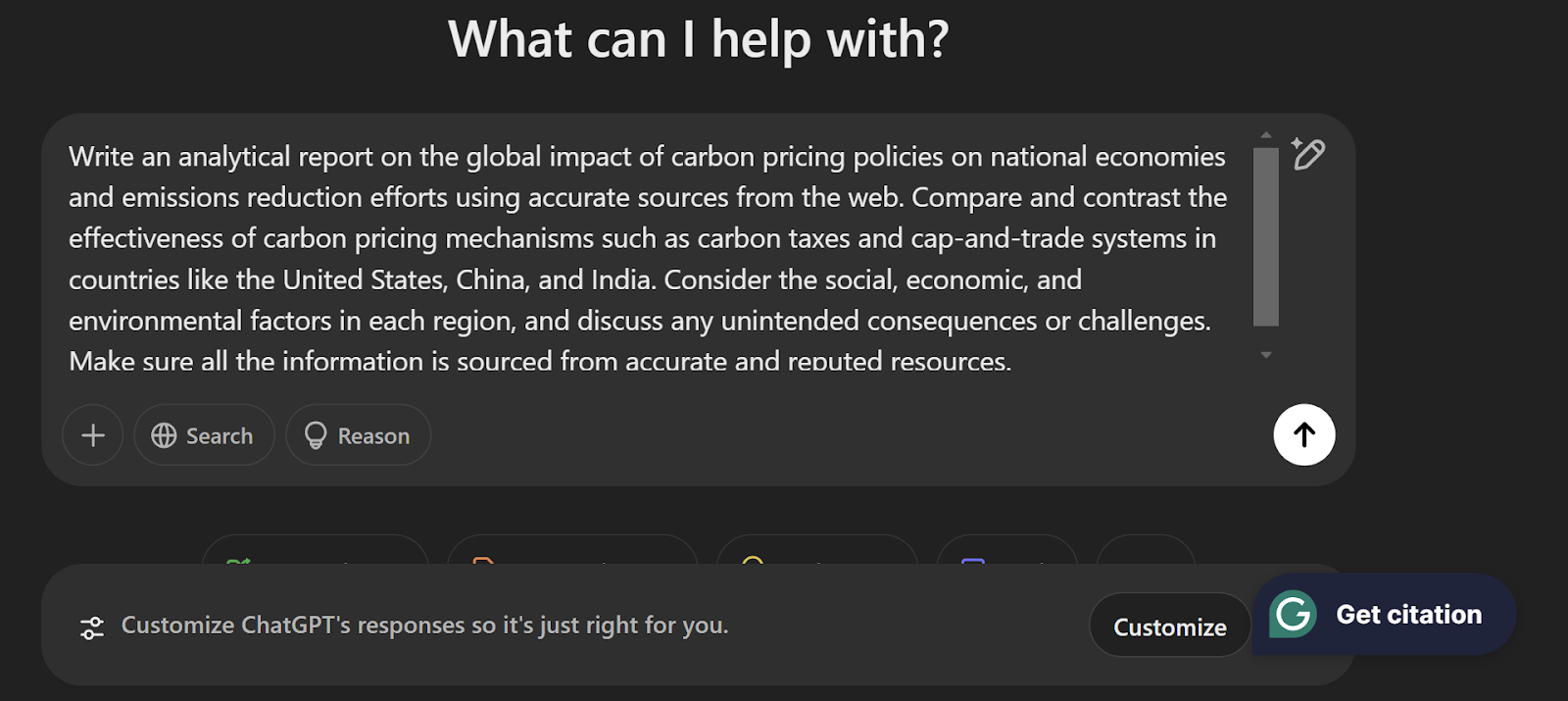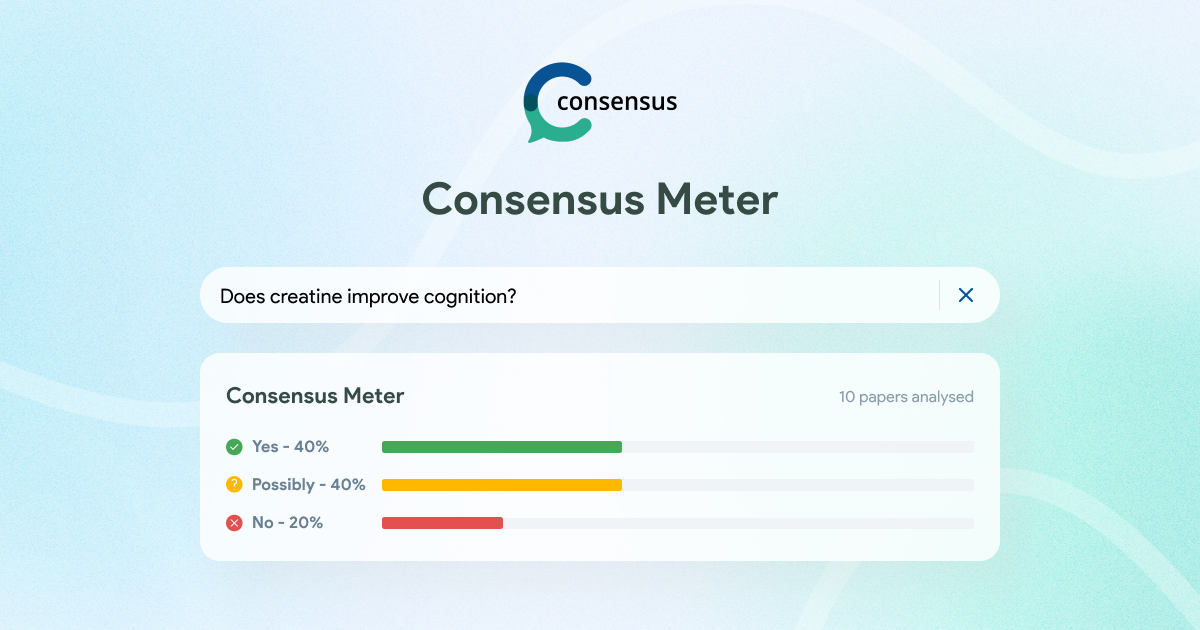Discover Pandipedia
Pandipedia is the world's first encyclopaedia of machine generated content approved by humans. You can contribute by simply searching and clicking/tapping on "Add To Pandipedia" in the answer you like. Learn More
Expand the world's knowledge as you search and help others. Go you!
Let's look at alternatives:
- Modify the query.
- Start a new thread.
- Remove sources (if manually added).
- Request a manual search from our human research team.
The relationship between Hollywood and international cinema has transformed significantly, affecting various aspects of filmmaking, storytelling, and audience dynamics. This report explores how international cinema influences Hollywood, ranging from narrative innovation to economic considerations.
Cultural Exchange and Narrative Diversity
International cinema injects a rich diversity of storytelling techniques and cultural perspectives into Hollywood's cinematic language. Films from various countries introduce different narratives that broaden audiences' experiences, transcending cultural boundaries and fostering a global appreciation for diverse storytelling. This cross-cultural exchange enriches Hollywood productions, leading to films that resonate more broadly with global audiences[1][8].
Moreover, international filmmakers often employ intricate and non-linear storytelling methods, which challenge Hollywood's traditional, linear narrative style. The infusion of such techniques encourages Hollywood to explore unconventional narrative structures, adding complexity and depth to mainstream American cinema[1][10]. This trend can be seen as Hollywood increasingly seeks to adopt the narrative complexity found in acclaimed foreign films.
Aesthetic Innovations and Visual Styles

The visual styles and cinematic techniques employed by international filmmakers also significantly influence Hollywood's aesthetic. Unique approaches, such as the innovative cinematography of South Korean cinema or the poetic storytelling of Iranian films, inspire Hollywood directors. This dynamic interchange leads to a constant evolution of film language, pushing boundaries and redefining what is considered visually compelling[1][8].
Collaborations with acclaimed foreign filmmakers further enhance this aesthetic exchange. Directors like Ang Lee and Guillermo del Toro bring distinct cultural perspectives and artistic innovations to Hollywood projects, contributing to the industry’s artistic and commercial success[1][8].
Economic Motivations and Global Box Office

The international box office plays a crucial role in Hollywood's economic strategies, especially as foreign markets have become essential revenue sources. In recent years, the profitability of films in international markets has driven studios to prioritize content that appeals to diverse global audiences. This shift means that a film's domestic performance is no longer the sole measure of success; its international earnings can often overshadow it[7][9].
In 2019, for example, the international box office comprised a substantial portion of total global revenue, with major films often making double their domestic earnings in foreign markets[7]. This trend indicates that Hollywood studios are increasingly tailoring films to resonate with international audiences, leading to a more diverse range of themes and representations on screen[5][6].
Representation and Inclusivity
Another significant influence of international cinema on Hollywood is the drive for cultural sensitivity and authentic representation. Audiences and critics alike are increasingly calling for inclusivity in storytelling, prompting Hollywood to look towards international films for guidance in addressing social and cultural issues[1][4]. This influence has encouraged Hollywood to prioritize genuine representation, thereby fostering a more inclusive film industry that reflects the world’s diversity[2][10].
The interaction between international cinema and Hollywood has also spurred the representation of underrepresented voices. As foreign films gain recognition, there’s an emerging awareness of the necessity for diverse storytelling that challenges stereotypes and addresses social issues, enhancing the authenticity of narratives presented in Hollywood productions[8][10].
Industry Responses to Changing Audiences
As audience preferences evolve, the traditional platforms for film distribution also adapt to accommodate changing tastes. The success of original films like “Barbie” and “Oppenheimer” in 2023 indicates a shift towards unique, innovative content rather than reliance on established franchises[5][6]. This pivot reflects a growing desire for more challenging narratives, suggesting that Hollywood is increasingly influenced by the expectations set forth by international cinema and its audiences.
The rise of streaming platforms has further facilitated the global sharing of international films, allowing American audiences greater access to diverse cinema and enabling filmmakers to introduce their work to wider audiences. This accessibility is reshaping audience consumption habits and expectations, leading to a demand for films that offer fresh perspectives and narratives[8][9][10].
Conclusion
The influence of international cinema on Hollywood is multifaceted, encompassing artistic innovation, economic shifts, and evolving audience expectations. As Hollywood navigates this complex landscape, the ongoing exchange with international filmmakers fosters a film industry enriched by diverse perspectives, creative storytelling, and cultural authenticity. This collaborative spirit is likely to shape the future of cinema, making it an exciting time for both filmmakers and audiences alike. The synergy between local and global cinemas heralds a new era, where the boundaries of storytelling are continually expanded and redefined.
Let's look at alternatives:
- Modify the query.
- Start a new thread.
- Remove sources (if manually added).
- Request a manual search from our human research team.
Get more accurate answers with Super Search, upload files, personalised discovery feed, save searches and contribute to the PandiPedia.

Transportation is a crucial component of economic development, serving as a vital link between various sectors and facilitating the movement of people and goods. The efficacy and efficiency of transportation systems significantly influence economic activity, job creation, and overall societal advancement.
Importance of Transportation for Economic Structure
Transportation directly affects economic growth by enabling connectivity and accessibility. As the World Bank indicates, transport is fundamental to supporting economic growth, creating jobs, and connecting people to essential services such as healthcare and education. In many developing countries, however, the benefits of transportation are insufficiently realized. For instance, one billion people globally live more than 2 kilometers away from an all-weather road, limiting access to essential services and opportunities for economic participation[3].
Efficient transportation systems reduce operational costs across various sectors and enhance productivity. They provide essential economic and social opportunities, as evidenced by improved accessibility leading to better market connections. Efficient transport infrastructures are linked to high-density networks that are typically associated with elevated levels of economic development[5]. When transport systems function effectively, they facilitate quicker and cheaper movement of goods and people, significantly contributing to a country's GDP, which can account for between 6% and 12% in developed economies[5].
Transportation as a Catalyst for Growth

The relationship between transportation and economic growth is multifaceted, involving both direct and indirect impacts. Directly, transportation improves the core capacity to move passengers and goods efficiently, which in turn affects operational dimensions such as reliability and speed. This boost in efficiency leads to lower costs for consumers and integrated supply chains, propelling further economic activity[5].
Indirectly, transportation investments create a multiplier effect that generates additional economic activity. For example, transportation companies procure inputs from local suppliers, further stimulating local economies[5]. Transport notably enhances geographical access to broader markets, thereby increasing opportunities for production and consumption. Furthermore, efficient transport systems encourage geographic specialization, where regions concentrate on producing the goods and services for which they have a competitive advantage, ultimately improving overall productivity[5].
Sustainable and Inclusive Development

The sustainability of transport systems also plays a critical role in enhancing economic growth. The World Bank emphasizes that as populations and economies grow, greenhouse gas emissions from transport are projected to rise by up to 60% by 2050 if unaddressed[3]. Thus, integrating cleaner technologies and sustainable practices within the transport sector is vital not only for environmental reasons but also for maintaining the economic growth trajectory.
Moreover, addressing inequities in transportation access is essential for inclusive economic development. The World Bank notes that marginalized groups, such as women and rural communities, often face significant barriers in accessing transportation services. Improved access through well-planned transport systems can lead to greater job opportunities, better education access, and enhanced social mobility[4]. This is evident in various World Bank projects worldwide, where improved transport connectivity has led to increased enrollment in schools and access to markets, reflecting positive socio-economic impacts[3].
Future Considerations in Transport Economic Impact
Looking forward, the demand for efficient transport networks will only increase with globalization and urbanization. The World Economic Forum highlights the necessity for logistics sectors to adapt to the rapid rise of e-commerce and technological advancements in artificial intelligence[2]. As logistics costs surge due to geopolitical tensions and rising shipping fees, enhancing the resilience and efficiency of transport systems will be critical for sustaining economic growth.
Moreover, innovation in transportation—such as the adoption of alternative fuels and electric vehicles—positions the sector to not only support economic prosperity but also contribute to climate goals. Companies like DHL are committing to reducing emissions in logistics operations, demonstrating a trend towards sustainable practices in support of long-term economic viability[2][4].
Conclusion
Transportation plays a pivotal role in fostering economic growth, enhancing accessibility and efficiency across various sectors. As it directly influences job creation and market connectivity, investments in transport infrastructure are essential. However, for transport to contribute effectively to economic growth, sustainability and inclusivity must be prioritized. By addressing current challenges and leveraging technological advancements, the transportation sector can drive forward economic growth while minimizing its environmental impact.
Let's look at alternatives:
- Modify the query.
- Start a new thread.
- Remove sources (if manually added).
- Request a manual search from our human research team.
Gemini Advanced Deep Research
An AI-driven tool by Google that creates detailed research plans, browses the web, compiles reports, and refines data through follow-up questions[1][8]. It costs $20 per month[1].

AskPandi Super Search
AI search assistant that gives accurate answers from multiple sources with a Super Search feature that searches the web, reads pages (including PDFs/images), and compiles reports with citations; it is powered by an advanced custom reasoning model.

ChatGPT Deep Research
An AI research analyst that searches the web, reads pages (including PDFs/images), and compiles reports with citations; it is powered by an advanced 'o3' model[7].
Perplexity AI Deep Research
An AI-powered search engine that combines LLMs with internet search capabilities for rapid analysis and well-cited responses; it is free to use[1][4].
Grok-3 DeepSearch
A next-generation search engine integrated with X, trained on social media posts for real-time information and detailed examples and analysis[4][7]. It costs $30 per month[4].
R Discovery
A research search engine with access to over 250 million research papers that provides AI summaries and audio conversion features[5][6].
Semantic Scholar
An AI-powered research tool that uses AI to help navigate through vast amounts of academic literature[5].
Let's look at alternatives:
- Modify the query.
- Start a new thread.
- Remove sources (if manually added).
- Request a manual search from our human research team.
Google's original goal was 'to organize the world’s information and make it universally accessible and useful.' This vision began to take shape when Larry Page and Sergey Brin, while at Stanford University, developed the search engine initially named Backrub, which used links to determine the importance of individual web pages[2][3][4].
The rebranding to Google reflected their ambition to handle vast quantities of information; the name was derived from 'googol,' a term for the number 1 followed by 100 zeros[1][2]. Their innovative PageRank algorithm revolutionized how search engines could assess page relevance, setting the foundation for Google's future success[4][5].
Let's look at alternatives:
- Modify the query.
- Start a new thread.
- Remove sources (if manually added).
- Request a manual search from our human research team.

The League of Nations was established after World War I to prevent future conflicts and promote international cooperation. Its origins are tied to President Woodrow Wilson's vision for peace, articulated in his Fourteen Points, and it was formalized in the Treaty of Versailles in 1919. The League aimed to resolve disputes through diplomacy rather than warfare and sought to improve social and economic conditions globally, addressing issues like health and workers’ rights through various commissions[1][3][5].
However, the League faced significant challenges, including a lack of enforcement power and governance often swayed by the self-interests of its major members. Its inability to act decisively in key conflicts and to enforce its resolutions ultimately led to its failure and disbandment in 1946, after World War II, when its functions were absorbed by the United Nations[2][4]
Let's look at alternatives:
- Modify the query.
- Start a new thread.
- Remove sources (if manually added).
- Request a manual search from our human research team.
Get more accurate answers with Super Search, upload files, personalised discovery feed, save searches and contribute to the PandiPedia.
:max_bytes(150000):strip_icc()/GettyImages-1318604223-67d01a2b80584d91b5d4e9fb03f9460a.jpg)
ASMR sensations are primarily triggered by specific auditory and visual stimuli. Common triggers include sounds like whispering, tapping, and crinkling paper, as well as watching someone perform mundane tasks such as hair brushing or page turning[1][3][4]. Other effective ASMR stimuli can involve personal attention scenarios, where the creator engages directly with the audience, simulating intimate interactions[2][5][6].
Additionally, certain words, particularly those containing the letters S, P, and K, can evoke ASMR due to their calming sound qualities[2]. Each individual's ASMR response may differ, and the sensations often originate from the scalp and travel down the neck and spine, creating a tingling effect[1][3][4].
Let's look at alternatives:
- Modify the query.
- Start a new thread.
- Remove sources (if manually added).
- Request a manual search from our human research team.

Quantum mechanics is a fundamental branch of physics that explores the behavior of matter and energy at atomic and subatomic scales. Emerging in the early 20th century, it addresses phenomena that classical physics cannot adequately explain, fundamentally reshaping our understanding of reality.
Fundamental Principles

Quantum mechanics introduces several key principles that challenge classical interpretations of the physical world:
Wave-Particle Duality

One of the cornerstone concepts of quantum mechanics is wave-particle duality, which posits that particles, such as electrons and photons, exhibit both wave-like and particle-like properties depending on the circumstances of measurement. This duality was notably illustrated in the double-slit experiment, where particles create an interference pattern, indicating wave behavior when not observed and localized particle behavior when measured[7][1].
Quantization
In quantum mechanics, certain properties, such as energy and angular momentum, exist in discrete units called quanta. For example, light is emitted in packets known as photons, each containing a fixed amount of energy. This quantization leads to a state where objects can only maintain specific values of properties, unlike macroscopic objects, which can take on a continuous range of values[3][10].
Superposition

Another critical aspect is superposition, where a quantum system can exist simultaneously in multiple states until a measurement is made. This principle is famously depicted in Schrödinger’s cat thought experiment, which illustrates that until observed, a cat inside a sealed box can be considered both dead and alive[3][5].
Uncertainty Principle
![None Wavefunctions plotted in position and momentum space, showing that the two are conjugate variables as given by the Heisenberg uncertainty principle. Note the size of the errors \(\Delta x\) and \(\Delta p\) for each wavefunction [4].](https://ds055uzetaobb.cloudfront.net/brioche/uploads/GnS49vumsO-heisen.png?width=1200)
The Heisenberg uncertainty principle underlines the limitations of our knowledge in quantum mechanics, stating that certain pairs of physical properties, like position and momentum, cannot be precisely known at the same time. Measuring one property with high accuracy inherently restricts the precision of the other[4][9].
Entanglement
![None Quantum entanglement causes correlations in spin measurements too large to be classically explained [9].](https://ds055uzetaobb.cloudfront.net/brioche/uploads/gbKiVdJQsX-bell.png?width=1200)
Entanglement refers to a quantum phenomenon where pairs or groups of particles become interlinked, such that the state of one particle instantaneously influences the state of another, regardless of the distance between them. This results in correlations between measurements that defy classical intuition and has led to the term 'spooky action at a distance,' coined by Einstein[1][6].
Historical Context
![None Power distribution of radiation from a black-body according to the <strong>Planck's theory</strong> at different temperatures compared to the classical prediction [2].](https://ds055uzetaobb.cloudfront.net/brioche/uploads/0vWLFAcXMV-2000px-black_bodysvg.png?width=1200)
Quantum mechanics arose from the need to explain experimental outcomes that defied classical interpretations. Pioneering work by physicists such as Max Planck, who introduced the concept of quantization to solve blackbody radiation issues, and Albert Einstein, who explained the photoelectric effect using photons, laid the groundwork for this revolutionary field of study[3][5][9].
Mathematical Framework
![None Quantum tunneling gives particle wavefunctions a nonzero probability of penetrating a potential barrier [6].](https://ds055uzetaobb.cloudfront.net/brioche/uploads/dfth17fFRh-tunneling.png?width=1200)
The mathematical foundation of quantum mechanics primarily revolves around wave functions, which describe the probabilistic nature of outcomes for quantum systems. The wave function encodes information about a particle's position and momentum, evolving according to the Schrödinger equation. This framework emphasizes the probabilities associated with quantum states rather than deterministic values[4][10].
Implications and Applications
The implications of quantum mechanics extend into various fields, challenging traditional notions of reality and informing technological advancements. It is fundamental to quantum computing, where quantum bits (qubits) can represent both 0 and 1 simultaneously, vastly increasing computational power. Moreover, applications such as quantum cryptography and quantum sensing are paving the way for new technologies that leverage these unique quantum properties[6][7].
Quantum mechanics also has significant implications in condensed matter physics, where it informs our understanding of materials, chemical bonds, and even the behavior of neutron stars. Understanding quantum phenomena is essential for numerous technologies, from lasers and transistors to medical imaging devices, demonstrating its pervasive influence across disciplines[7][9][10].
Ongoing Research and Interpretations
Despite its successes, quantum mechanics remains a field of active research, with various interpretations concerning the nature of reality and measurement. Some challenges, such as the observer effect—where the act of measurement alters the system—continue to inspire debate among physicists[2][5]. As scientists explore the depths of quantum mechanics, new discoveries may further unravel the complexities of the universe.
In summary, quantum mechanics elucidates the intricate behavior of particles and energy at the smallest scales, offering a rich framework for understanding the universe while simultaneously raising profound philosophical questions about the nature of reality. Its principles have not only revolutionized physics but have also catalyzed innovations that continue to transform technology and society.
Let's look at alternatives:
- Modify the query.
- Start a new thread.
- Remove sources (if manually added).
- Request a manual search from our human research team.
Let's look at alternatives:
- Modify the query.
- Start a new thread.
- Remove sources (if manually added).
- Request a manual search from our human research team.

HRV therapy, also known as Heart Rate Variability[1] therapy or biofeedback training, is a method used to assess and manage stress, anxiety, and overall health. It involves teaching individuals to consciously influence their heart rate variability through controlled breathing and relaxation techniques[1] to increase parasympathetic tone and promote relaxation. This non-invasive intervention aims to improve physiological and psychological well-being by enhancing autonomic nervous system functioning[1] and increasing adaptability and resilience. Additionally, HRV therapy provides individualized feedback to patients to help them understand the impact of stress, sleep, pain, and mood on their health, and can differentiate a physical therapy practice[3] by providing objective measurements to track progress.
Let's look at alternatives:
- Modify the query.
- Start a new thread.
- Remove sources (if manually added).
- Request a manual search from our human research team.

















